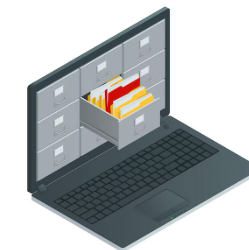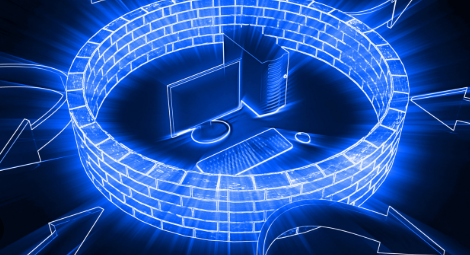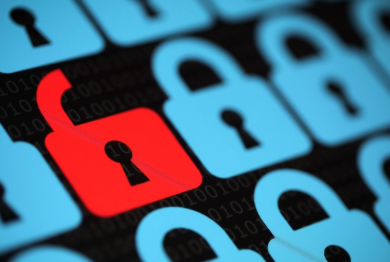1. Risks to privacy from collecting and storing data on a computer
When personal information is put online it can be very hard to get it off. If you store and collect data carelessly on your computer, bad things can happen. Personal, sensitive, and confidential data can be at risk when you store them online because all it takes is a person with skill to hack your account and take all that info for themselves. For example, hackers could hack into your account and if you saved your bank account information on google or something else for quick checkout, they can steal that information. Storing data doesn't just impact your personal information online, it can also track your location. For example, if you have your location on it is easy for google to track your location and then give you ads or suggestions of places to go near you. This also works when you navigate online, if you keep accepting cookies and you don't clear your cache, you will get ads and pop ups of things suggested to you based on what you search or do online. Being mindful of what you say yes to online and what you put out on the internet can help you become safer with your data. Companies, the Gov., and users are responsible for making sure their data is secure and not easily breachable. Some solutions to solve this problem would be to clear your cache regularly, make a strong secure password, and be mindful of what you search/when your location is turned on.

2. Misuses of computing Resources and how they can be protected
Some computing resources include processing power, storage, networks, and cloud services. Processing power refers to the ability of a computer to process commands and actions. Storage refers to the amount of data you can have in your computer or device. A network is a system that allows multiple devices to connect and communicate with each other. Networks also allow for data and information to be transferred and sent. Cloud services are computer resources/IT resources that can consist of servers, storage,databases, networking, analytics, and softwares that are provided on the internet by third parties. Some examples of common misuses that people with bad intent use are Malware hosting,illegal downloading, spam distribution, and cryptocurrency mining on hijacked systems. Malware hosting is the act of storing and distributing malicious software to attack and use against people,websites, and more. Illegal downloading can also be known as digital piracy, it's the act of downloading or distributing copyrighted media without the permission of the original creator/owner. Spam distribution is when someone sends a specific unwanted message/link to multiple people at the same time. This could be any link that leads people to scam websites. Cryptocurrency mining in hijacked systems refers to people with bad intentions using another person's device secretly to mine cryptocurrencies. In order to protect yourself from these common misuses we can have some protective measures like firewalls, access controls, intrusion detection, and user training. Firewalls are security systems that act as barriers so people can't get into your information. If someone hacks into your system and you have a firewall, they can't get past it unless they have some sort of passcode or permission to do so. Access controls are almost the same thing but in this case access controls let who or what can view/do certain things on your device. Intrusion detection is a system built in your computer that detects unauthorized uses or malicious activity. Last but not least, user training is important because if you teach users on how to use a certain network, machine, or service you can decrease the risk of malicious activity in the network.

3. Unauthorized access to computing resources
Attackers with malicious intent often access users' networks in multiple ways. Some examples are phishing, malware,weak passwords, and social engineering. Phishing is when attackers trick users into revealing personal information, kinda like how people trick fishes to catch them. An example of phishing is when you receive a message from your bank telling you that your account isn't available because of an error and the only way to get your account back on is for you to give them your bank account information. They try to seem like they are legit so they can catch you off guard. Malware is basically a software that was designed to infiltrate, damage, or gain unauthorized access into a system. Usually malware spreads when you download an untrustworthy app, click on a sketchy link, or when you visit a sketchy website. Weak passwords can also let attackers in easily, if your password is small, easy to guess, or contains something personal. It can be really easy to get into your system. A good strong password should be at least 12 characters long, contain both uppercase and lowercase letters, numbers, and special characters. Social engineering is when malicious users use human psychology to exploit and gain information so they can access a network. High profile breaches happen when attackers use one or more of these methods. High profile breaches usually happen to large companies but just because it happens to a business doesn't mean other people won't be affected. For example, the 2017 Equifax breach where approximately 147 million people with social security numbers were affected. Some preventative measures and strategies that can help you fight against unauthorized access include multi-factor authentication, encryption, and regular security updates. Multi-factor authentication includes logging in with more than just your password. This can include personal questions about certain topics, fingerprint scan, or something else. Encryption is when you convert information into code in order to keep safe from unauthorized access. Regular security updates can also help because regular security updates make sure your computer/device is up to date and is strong to fight against malware.
